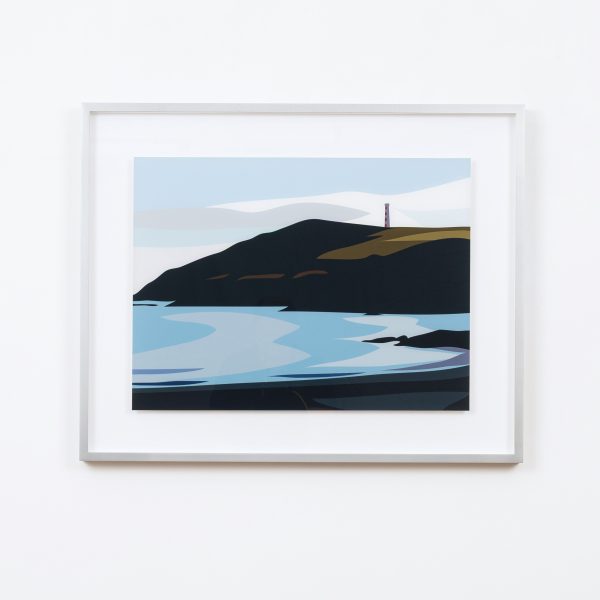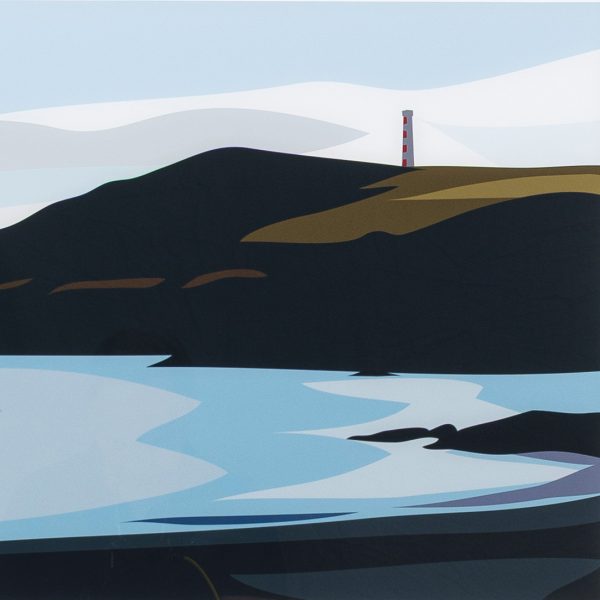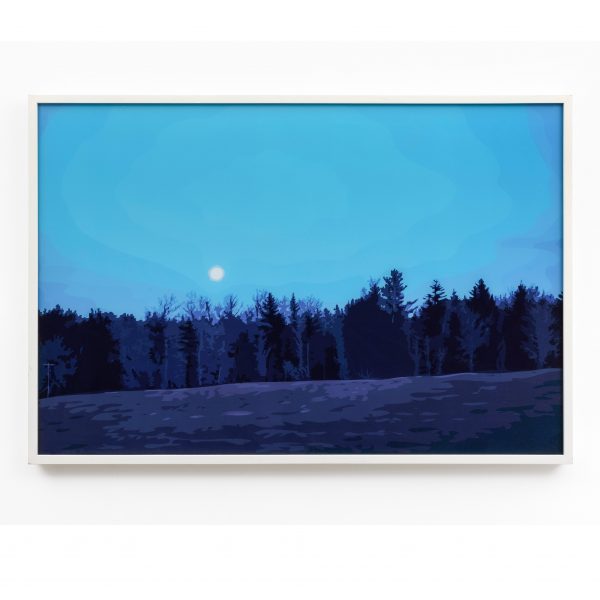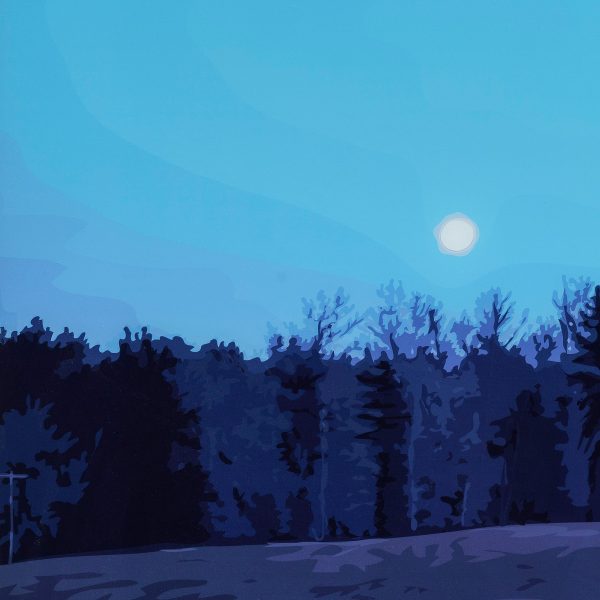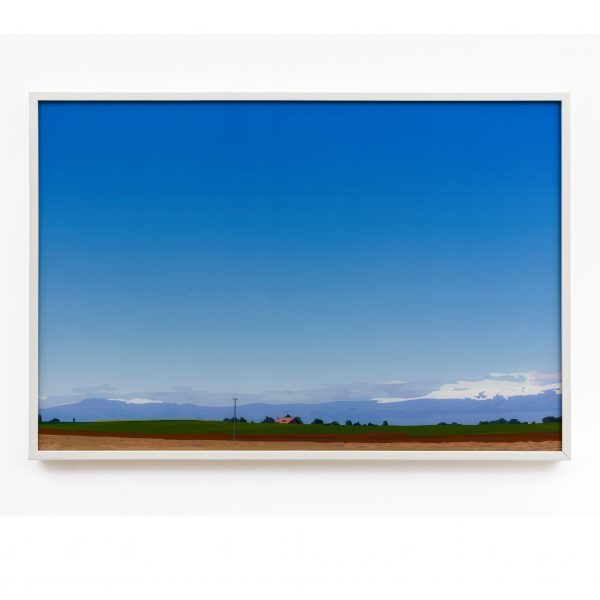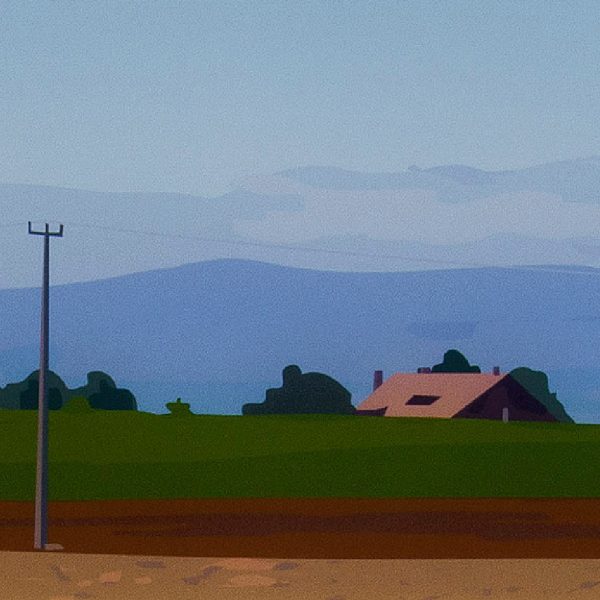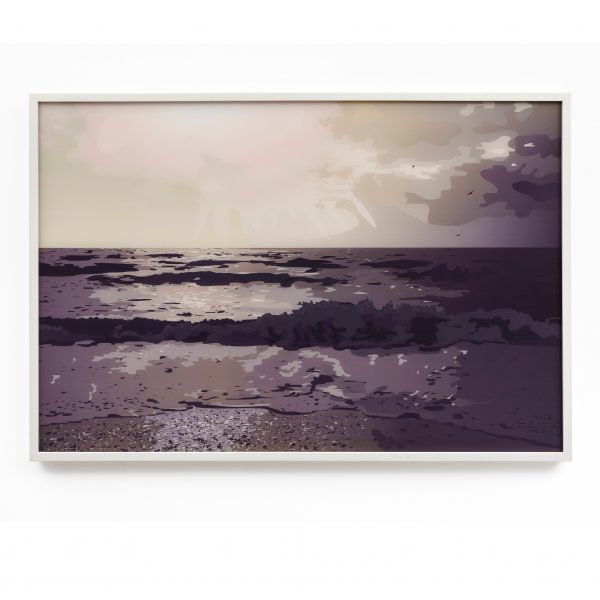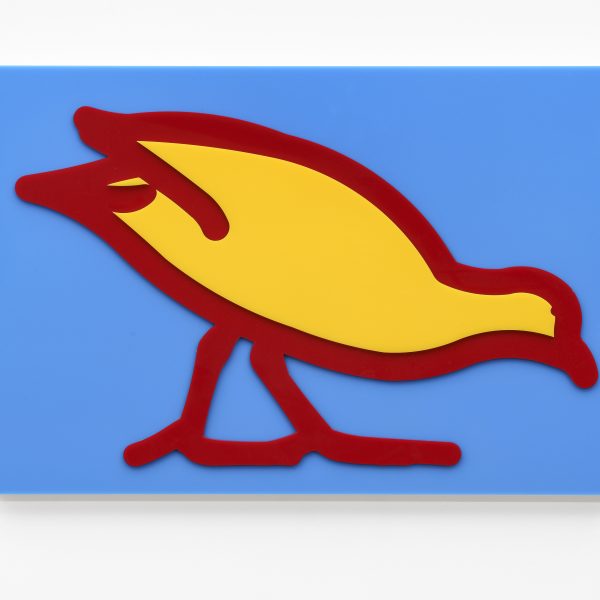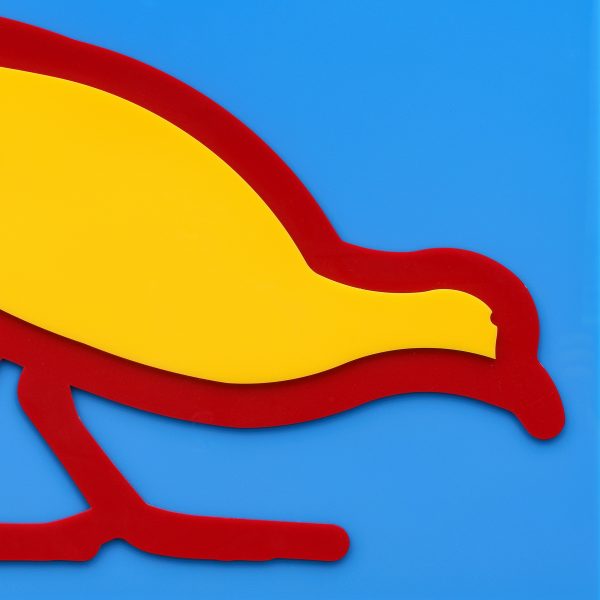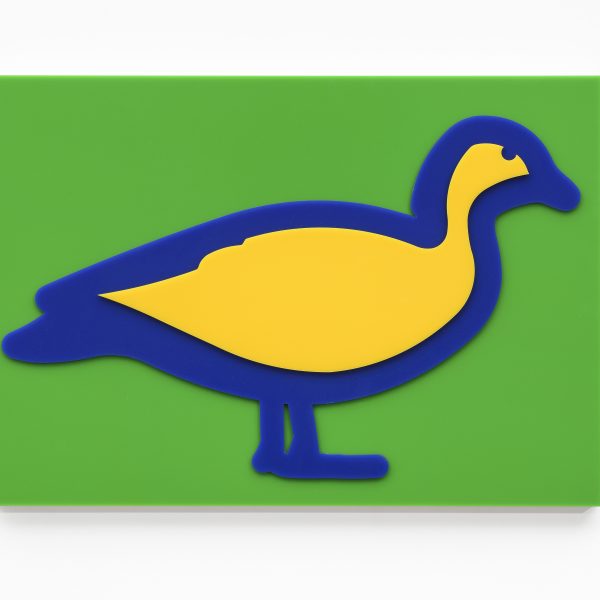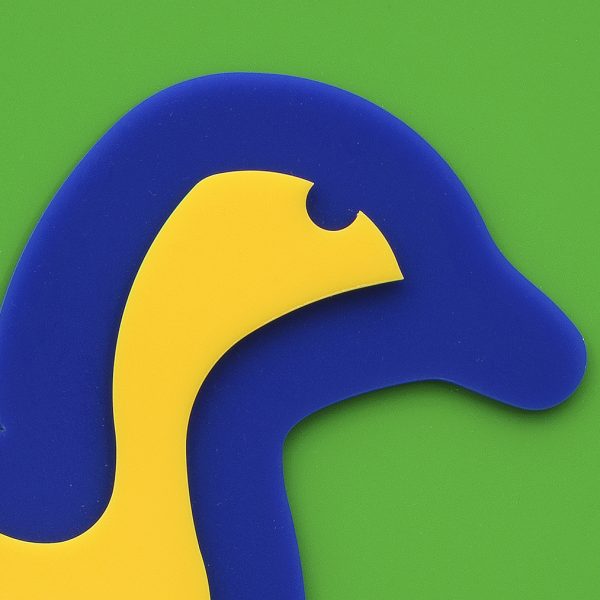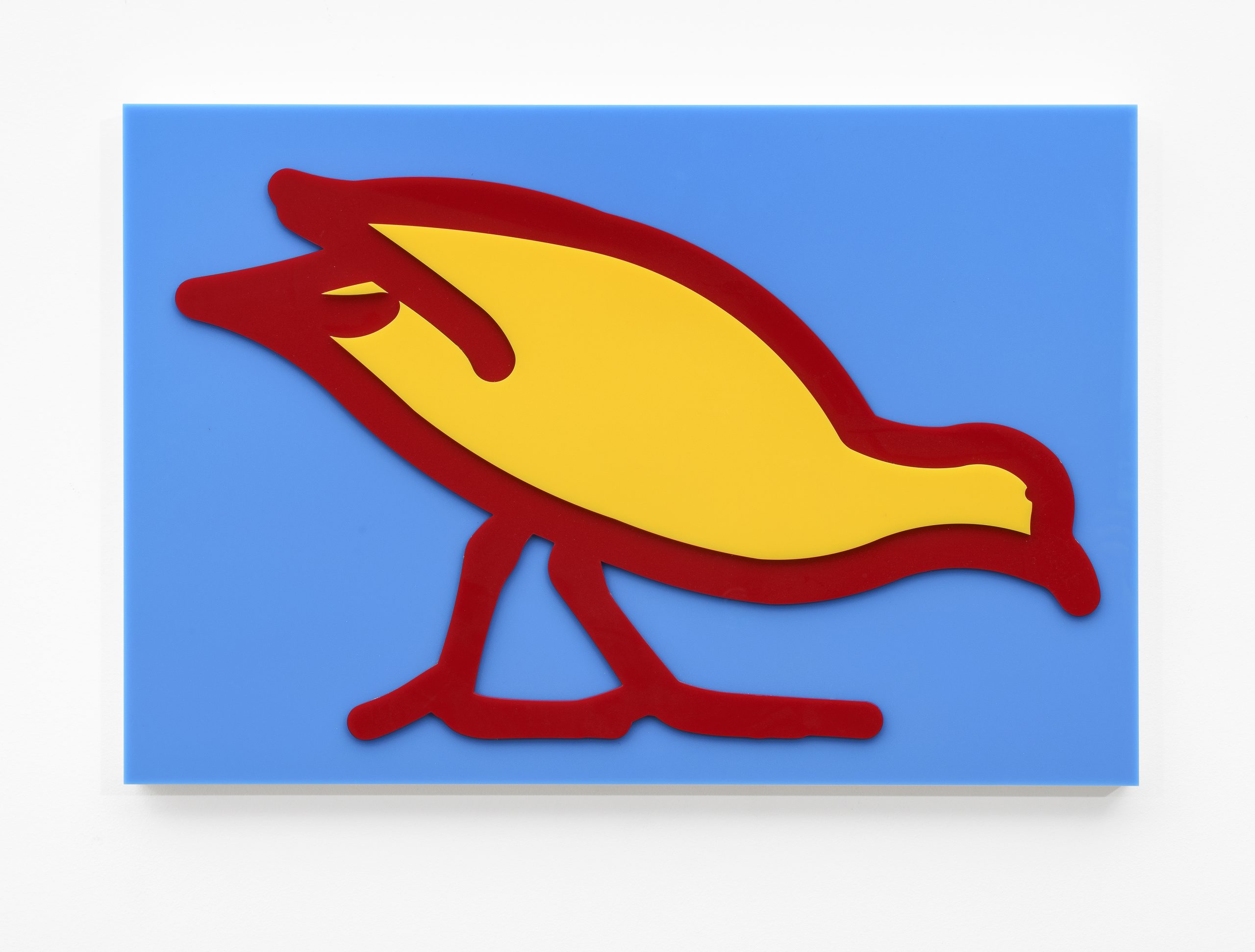
Julian Opie
(British, b.1966) Julian Opie has developed a distinctive style that merges both traditional and contemporary modes of representation. Opie’s work is often characterized by its simplified forms and minimalistic approach, distilling complex subjects into their most essential, stylized elements. His influence from both pop art and classical portraiture is evident in his creations, which include…
(British, b.1966)
Julian Opie
Julian Opie has developed a distinctive style that merges both traditional and contemporary modes of representation. Opie’s work is often characterized by its simplified forms and minimalistic approach, distilling complex subjects into their most essential, stylized elements. His influence from both pop art and classical portraiture is evident in his creations, which include paintings, sculptures, and digital animations.
In the 1980s Opie became associated with the Young British Artists (YBA), alongside contemporaries such as Damien Hirst, Tracy Emin, or Sarah Lucas, who became known for their diverse and innovative approaches to art, often characterized by a blend of shock tactics, use of unconventional materials, and direct engagement with contemporary culture and media.
His work often challenges the boundaries between art and everyday life, making use of a wide array of media including LED screens and vinyl, which lend a modern edge to his otherwise timeless subjects.
Perhaps best known for his portraits and walking figures, Opie’s subjects range from everyday people to personal acquaintances, all portrayed with a signature reduction of form. This simplification extends to his landscapes and cityscapes, where detail is minimized to convey a sense of universality. Despite the seeming simplicity, there’s a rhythm and vitality to Opie’s work, a testament to his ability to capture the essence of his subjects with just a few well-placed lines and colors.
While Julian Opie’s work differs in style and substance from the more provocative works of the YBAs, his emergence in the British art scene during the same period and his innovative use of media and digital technology align him with the broader shift in the UK’s art landscape that these artists represented. Opie’s work, with its distinct, pared-down aesthetic and exploration of digital imagery, reflects the changing dynamics of art production and consumption during this transformative period in British art.
Opie’s art still resonates with a broad audience, bridging the gap between traditional art appreciators and those drawn to contemporary digital mediums. His works have been exhibited widely across the globe, affirming his position as a significant figure in the modern art world.
